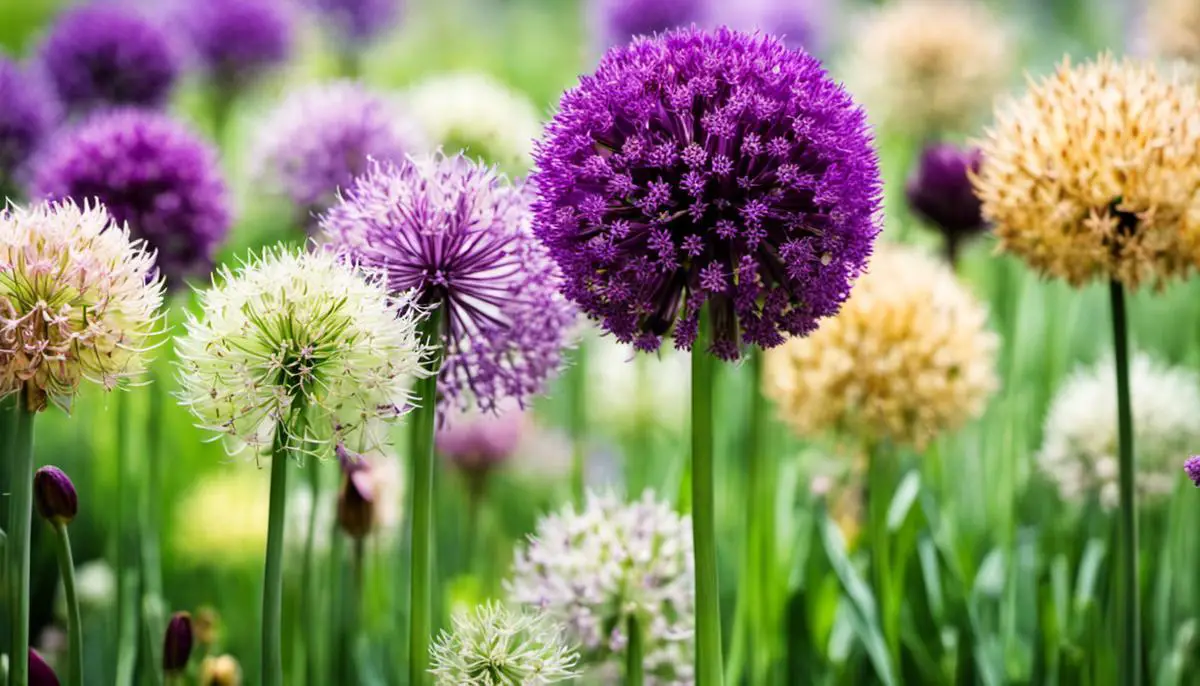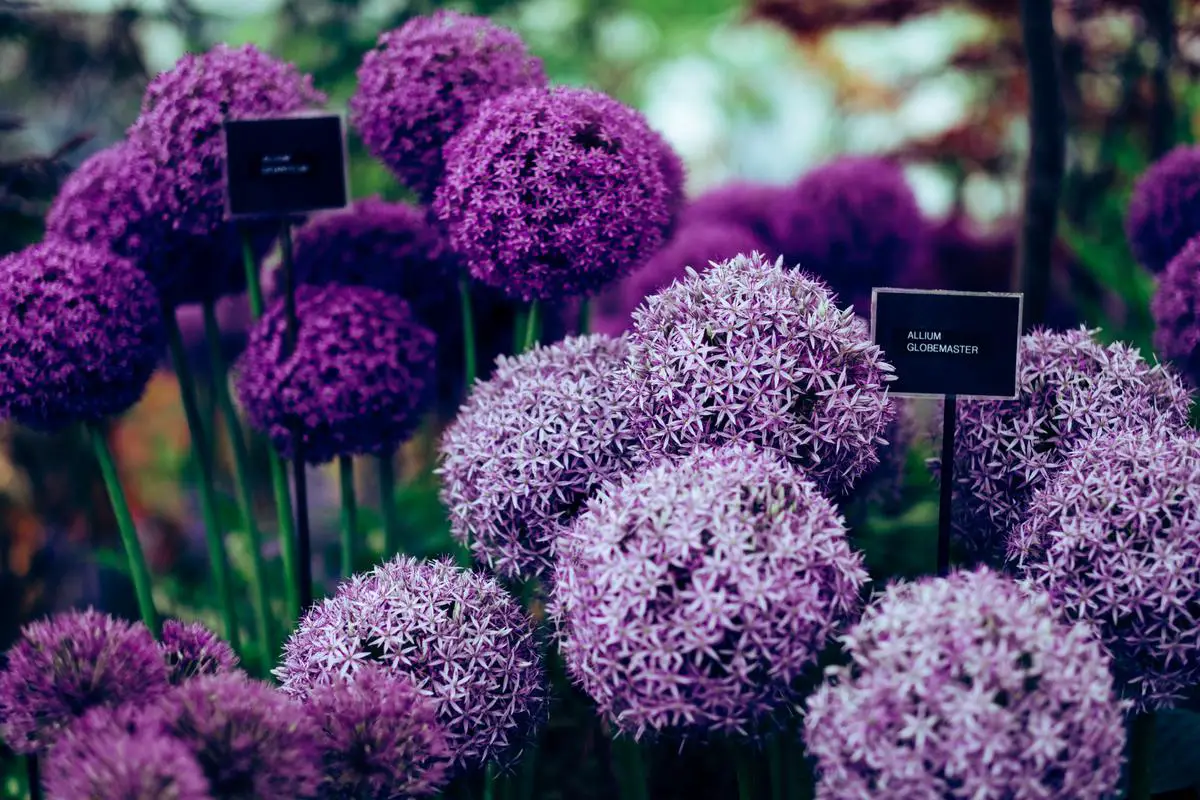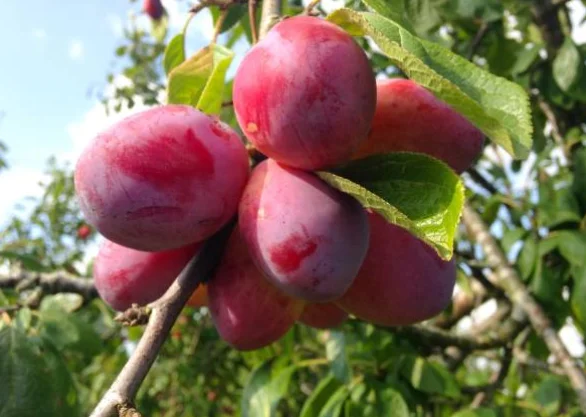Perfect Timing: When to Plant Allium

Exploring the Alliums, a bright and varied family of bulbous perennials, displays their distinctive properties, from their intriguing origins to their adaptable variants and distinctive traits.
To successfully grow these fascinating plants, it is essential to comprehend the vital roles that timing, environment, and location play in their growth cycle.
The most important facets of caring for Alliums will be covered, including their requirements for sunlight, water, and soil, ideal planting season, which is frequently fall, and a detailed schedule for optimum growth and magnificent spring blooms.
The essay will also walk you through the equipment you’ll need, the actions you need to take to prepare your garden for growing Allium, and effective methods for amending the soil.
Origins and Varieties of Alliums
There are hundreds of species of flowering plants in the Allium genus, including the well-known onion, garlic, chive, and leek.
Many types are developed for their eye-catching decorative blossoms in addition to their tasty and pungent bulbs.
Alliums are plants with a temperate hemisphere origin that have been cultivated and allowed to naturally occur all over the world.
Their growth is greatly influenced by the time of planting, the amount of sunlight, the amount of water needed, and the type of soil they require.
How Timing Impacts Allium Growth
The planting time for alliums is usually in the fall, but it may vary based on their specific type.
Generally, the rule of thumb is to plant them around six weeks before the ground freezes.
Early to mid-fall provides the best time for planting because it helps establish a good root system before the freezing winter sets in.
It’s imperative that this timing is adhered to for optimum growth.
Impact of Climate and Location on Allium Growth
Alliums prefer a full sun location and a well-drained soil.
They adapt well to cold winter climates and perform best when they experience a freeze during dormancy.
Warmer, humid climates can promote fungal diseases.
So, a location that mimics the dry and cold conditions of their natural habitat would be ideal. Generally, they could grow in hardiness zones ranging from 3 to 9.
Sunlight, Water, and Soil Requirements for Allium
Alliums thrive under full sunlight, needing at least six hours of direct sun every day.
They are not too fussy about soil types, but well-drained soil is crucial. Incorporating organic matter like compost can vastly improve soil drainage without significantly altering the soil’s structure.
In terms of water requirements, Alliums are quite drought resistant once established.
It’s essential during their growth phase to keep the soil evenly moist but avoid waterlogging. Once their foliage begins to yellow, watering should be reduced.

Planting Season for Allium
Allium bulbs are often planted in the fall and are famous for their magnificent spring flowers.
This scheduling enables them to establish solid roots over the course of the winter, preparing the ground for a beautiful display of color when the weather warms.
Knowing when to plant and under what circumstances will help you produce a stunning Allium display.
Identifying the Perfect Planting Window
In most regions of the United States, the ideal time to plant Allium bulbs is during September and October.
This timeframe provides the bulbs with enough time to establish a strong root system before winter dormancy.
In areas with mild winters, planting can stretch into November. If the bulbs are planted too early when the ground is still warm, they may begin to grow prematurely and suffer freeze damage in winter.
Considering Climate Conditions
Climate conditions dramatically impact the success of Allium bulb planting.
The external conditions need to be just right for the bulbs to thrive. Ideally, the soil temperature should be around 55 to 60 degrees Fahrenheit.
This temperature usually corresponds to when nighttime temperatures reach 40-50°F. The soil should be well-draining, as standing water or soil that’s too wet can cause the bulbs to rot.
Preparing for Spring Blooms
After planting in the fall, Allium bulbs require a period of cold dormancy before they can produce their beautiful spring blossoms.
The bulbs remain dormant through the winter and then, when the soil warms and the days lengthen in spring, they burst into bloom.
Alliums generally bloom in late spring or early summer, providing a splash of color just as many other spring-blooming plants are winding down.

Preparation for Planting Allium
Prepping the Soil
Allium must grow in ideal soil conditions in order to be successful. Fertile, well-drained, and light soil is ideal.
You might need to modify the soil with organic material to achieve these attributes.
Start by clearing away any surface trash, such as rocks and leaves.
Aim for a layer of compost or well-rotted manure that is two to four inches deep when applying it on top of the soil.
Apply the organic layer and then till it into the soil with a garden fork or tiller.
To guarantee that the organic waste is properly incinerated and soil aeration is maximized, digging should be done to a depth of around 12 inches.
Balancing Soil pH
Allium plants thrive in neutral to slightly alkaline soil conditions (pH 7.0 to 7.5).
Should your soil fall outside this pH range, consider amending it to raise or lower its pH accordingly.
Lime can be used to raise soil pH, while sulfur can help lower it. Stick to the guidelines provided on the product package when applying these amendments.
Planting Time
The best time to plant Allium is during the fall, specifically between September and December. This timing allows Allium bulbs to establish roots before the ground freezes in winter.
Spacing and Depth while Planting
In order to encourage healthy growth and avoid crowding, proper spacing is essential.
Allium bulbs should generally be spaced 2 to 3 times their diameter apart.
For example, if the Allium bulb is two inches in diameter, it should be planted four to six inches apart from other bulbs. Similarly, the planting depth corresponds to three times the bulb’s diameter.
To assist maintain moisture, control soil temperature, and prevent weeds, mulch the top after planting the bulbs.
Watering and Other Maintenance
Upon planting your Allium, ensure you water the area thoroughly.
The bulbs should never be allowed to dry out entirely.
During the growing season, ensure the Allium plants receive at least six hours of sunlight each day.
Monitor for signs of pests or diseases regularly and take appropriate action when necessary. If executed well, these steps should guide you to a healthy, thriving Allium crop.

Maintenance and Care of Allium
Watering your Allium Bulbs
Allium bulbs should be watered well after planting to encourage strong root development.
Alliums like dry environments, and too much moisture might cause the roots to rot. Once the bulbs have been planted, the soil should be properly moistened to encourage root growth.
After that, only occasionally water the bulbs, especially if it rains frequently where you live.
Although allium bulbs can withstand dry circumstances on their own, it’s a good idea to check the top two inches of soil for dryness before watering.
Feeding Allium Bulbs
The period after planting is also the best time to supply the bulbs with nutrients.
A fertilizer rich in phosphorus and potassium should be applied immediately after planting.
Reapply the fertilizer every two weeks for about a month.
In addition, about six weeks after bloom time be sure to apply an all-purpose flower food or organic fertilizers to the area to help supply the bulb with the nutrients it needs to produce blooms for the next season.
Deadheading Allium Bulbs
Deadheading, or the removal of sprouted heads, is vital to prevent your Alliums from primarily focusing on producing seeds, thereby ensuring a bountiful bloom the following season.
Once the Allium flowers have faded, gently snip off the heads to prevent seed production.
Controlling Pests and Diseases
Like other bulb plants, Alliums are susceptible to pests like slugs and snails. Regular inspections can help spot these early on.
If pests are spotted, natural solutions such as coffee grounds or egg shells can be applied around the plants to deter them.
In the event of any disease like onion rot or white rot, the infected plants should be removed promptly to prevent spreading the disease to healthy bulbs.
It is also important to note that Alliums are resistant to deer.
Addressing Potential Problems
Common problems associated with Alliums include soft bulbs resulting from over-watering, and yellowing of leaves which may indicate a nutrient deficiency.
Addressing such issues in their early stages can prevent bigger complications.
In case of over-watering, reduce the frequency of watering or improve soil drainage.
If nutrient deficiency seems to be the issue, supplement the soil with appropriate fertilizer or organic compost.
Alliums are generally hardy and can thrive well with well-drained soil, full sun exposure, and minimum watering.

After planting your Allium bulbs, a consistent care routine is essential to promoting good growth.
Management entails regular watering, timely feeding, routine deadheading, and, when necessary, insect and disease control techniques.
To maintain your Allium growing, investigate workable options and troubleshoot probable problems.
Understanding the allure of this plant family, planning your garden, planting, and eventually nurturing them to bloom are all exciting steps in the experience of cultivating alliums.
You may cultivate an amazing display of Allium in your very own patch of green with the help of our carefully compiled advice.






